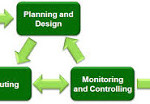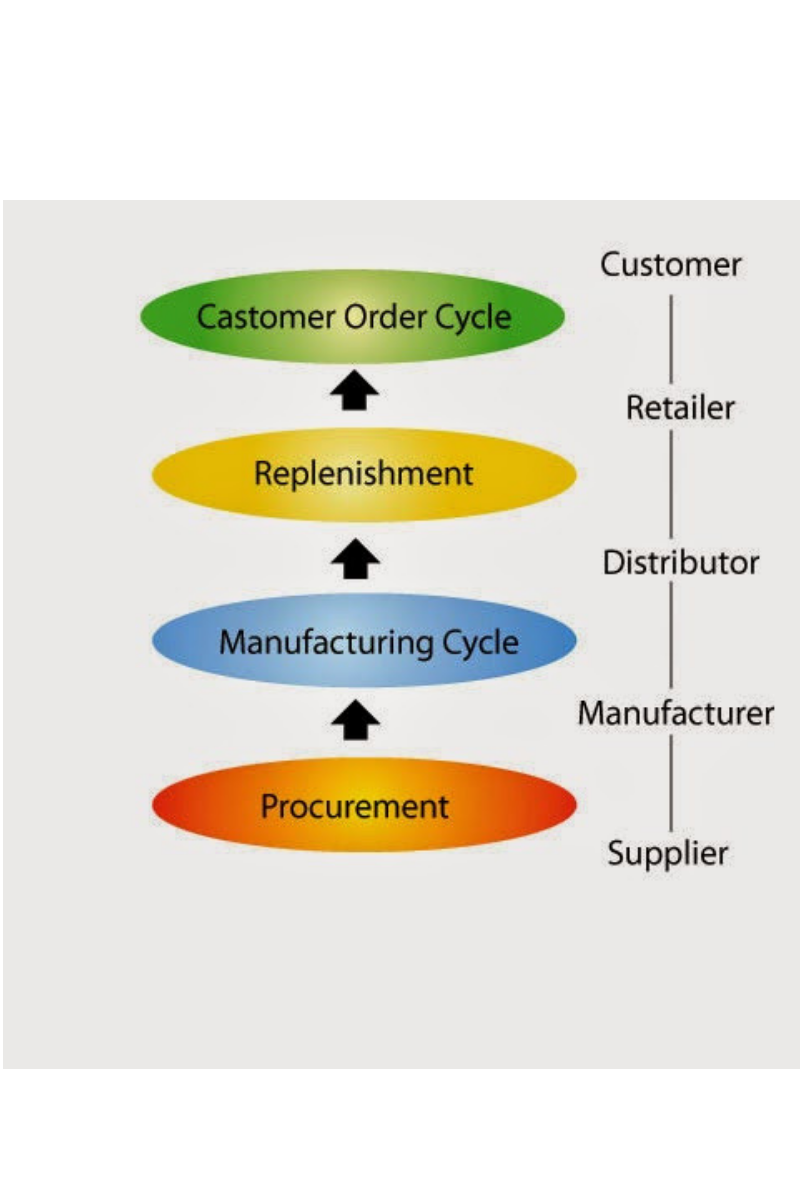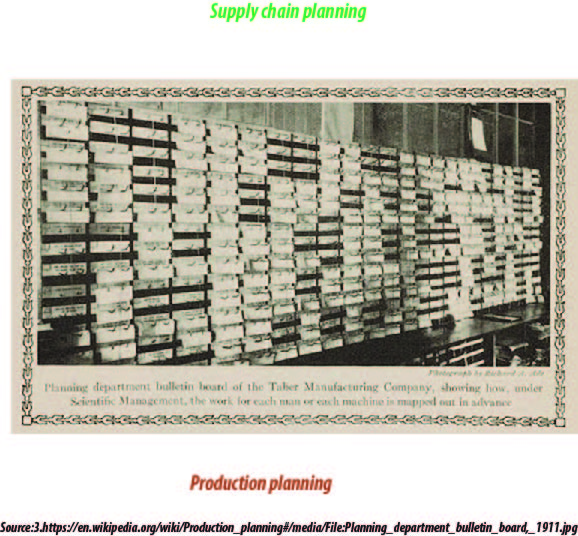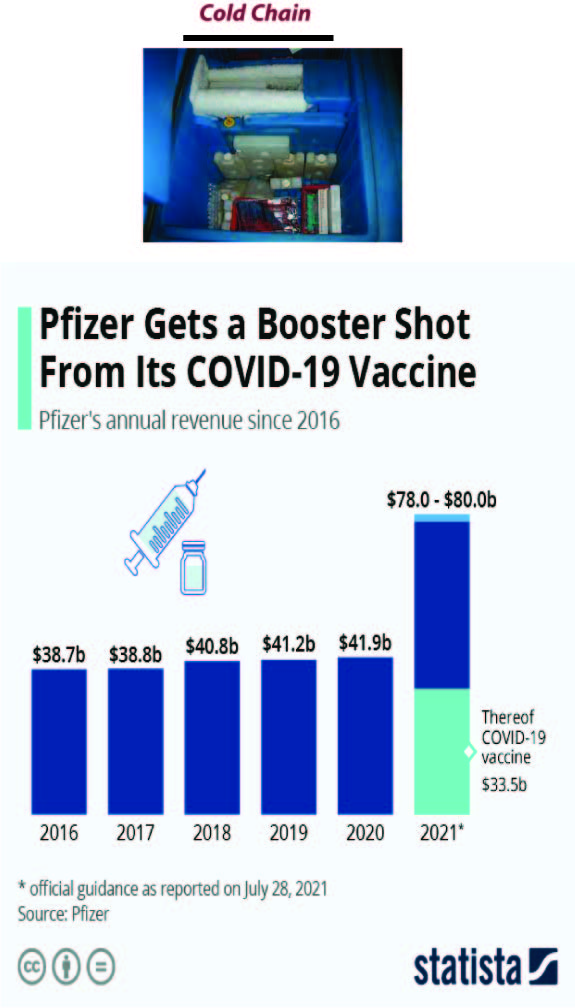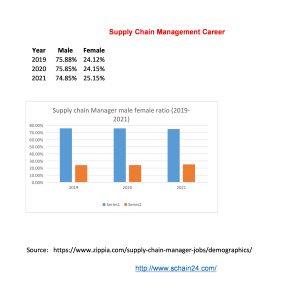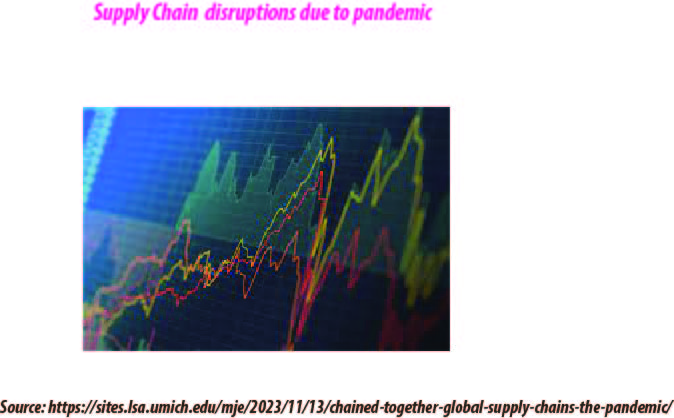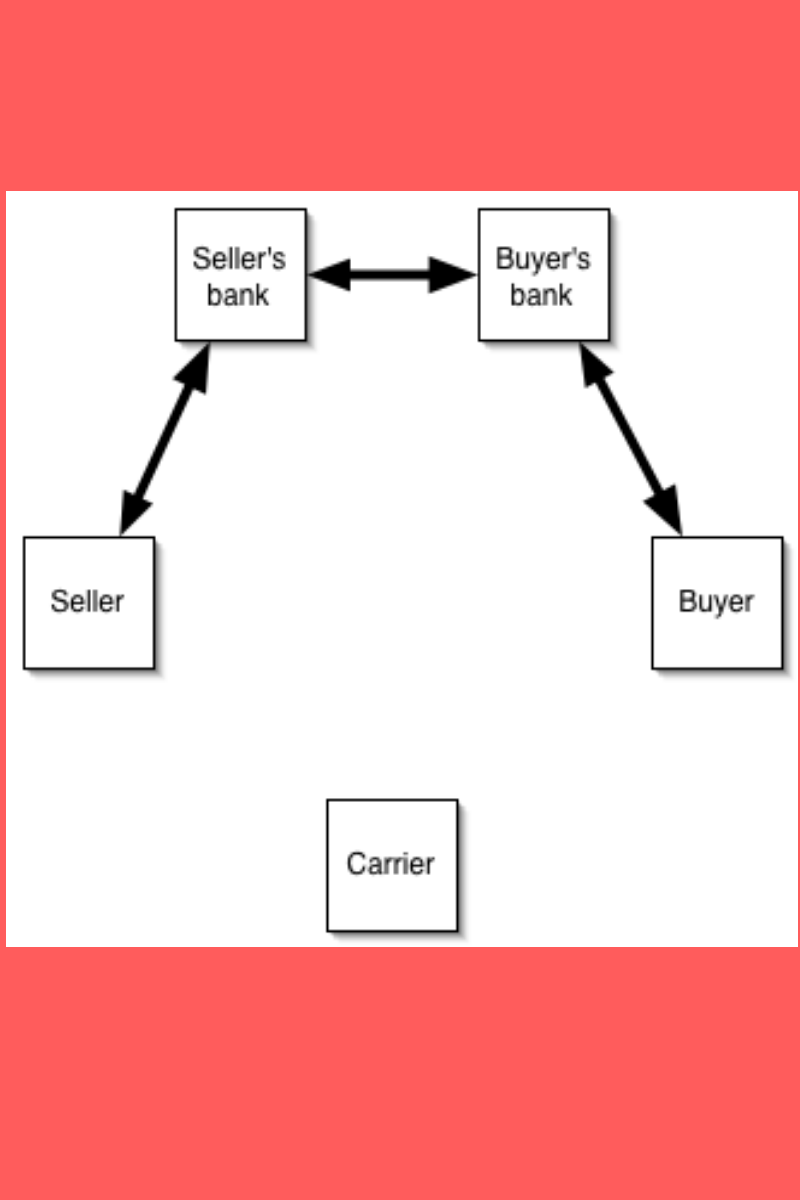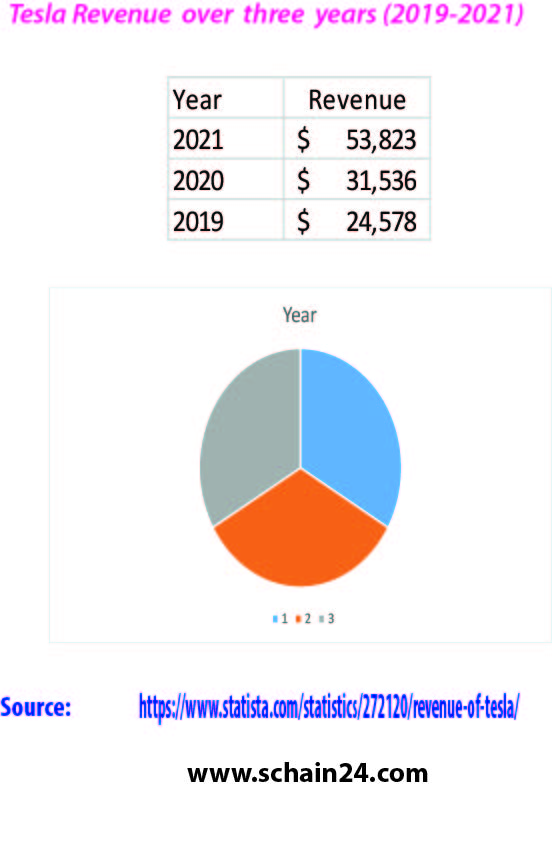Featured Posts
View AllWhat is Cycle View of a Supply Chain? Is it Useful? |
- ikram
- December 12, 2024
- 6
A discussion about Unilever’s Supply Chain Management : A Case Study |
- ikram
- December 2, 2024
- 0
How supply chain planning works: A discussion in brief |
- ikram
- November 19, 2024
- 0
What is International export and outbound logistics of goods? |
- ikram
- November 1, 2024
- 0
Trending Posts
View AllUnveiling Amazon’s Digital Supply Chain Strategies: A Case Study
- ikram
- April 10, 2025
- 0
Abstract Amazon’s digital supply chain is a technological marvel, integrating software and hardware to…
How to Explain Cold Chain as a Supply Chain and Logistical issue? |
- ikram
- March 15, 2025
- 0
Existing amenities are not enough to store, and deliver a large volume of vaccines within…
How Does the International ship and Port Facility Security Code Enhance Supply Chain Security?
- ikram
- March 1, 2025
- 0
Each ship must develop a unique plan to protect against security threats. The plan must…
What is a Supply Chain Management Job and Career?
- ikram
- January 27, 2025
- 0
In a case study, based on US-based companies, first-level management is of about 0-4 years.…
Latest Posts
View AllThe post Covid-19 Supply Chains: A Brief Discussion |
- ikram
- October 15, 2024
- 0
The U.S.-China trade war and the Covid-19 crisis have prompted manufacturers worldwide to reassess their supply chains, focusing on increasing domestic production, boosting employment in their home countries, reducing dependence…
The Sustainable Development Goals (SDGs): Its Effects On Businesses and Brands
- ikram
- October 1, 2024
- 0
Achieving the Sustainable Development Goals (SDGs) is a critical role for businesses and brands, as it can have a big impact on their operations, strategies, branding, and stakeholder interactions. In…
Letter of Credit and Blockchain Technology In A Supply Chain |
- ikram
- September 24, 2024
- 0
A letter of credit(LC) is also named a documentary credit(DC) in globalized international trade. In recent times, banks utilize blockchain technology regarding the formulation of letters of credit . The…
About the Matarbari deep sea port: A Supply Chain Management perspective |
- ikram
- September 15, 2024
- 0
To ensure load unload of deep draft vessels the Matarbari port is essential for Bangladesh and adjacent countries and areas. The Matarbari deep sea port has a 16m depth that…
Supply Chain Management
View AllWhat is International export and outbound logistics of goods? |
- ikram
- November 1, 2024
- 0
In the international export trade, goods and services, i.e., international export and outbound logistics, goods and services are sold and…
The post Covid-19 Supply Chains: A Brief Discussion |
- ikram
- October 15, 2024
- 0
The U.S.-China trade war and the Covid-19 crisis have prompted manufacturers worldwide to reassess their supply chains, focusing on increasing…
Letter of Credit and Blockchain Technology In A Supply Chain |
- ikram
- September 24, 2024
- 0
Unveiling Amazon’s Digital Supply Chain Strategies: A Case Study
- ikram
- April 10, 2025
- 0
Abstract Amazon's digital supply chain is a technological marvel, integrating software and hardware to connect every link of the chain, from suppliers to customers. It uses advanced algorithms and…
How to Explain Cold Chain as a Supply Chain and Logistical issue? |
- ikram
- March 15, 2025
- 0
Abstract Existing amenities are not enough to store, and deliver a large volume of vaccines within a short time, say experts. The governments are considering banking on the existing cold…
How Does the International ship and Port Facility Security Code Enhance Supply Chain Security?
- ikram
- March 1, 2025
- 0
Abstract Each ship must develop a unique plan to protect against security threats. The plan must be approved by the ship's flag state. Port facilities must also develop a…
What is a Supply Chain Management Job and Career?
- ikram
- January 27, 2025
- 0
Abstract In a case study, based on US-based companies, first-level management is of about 0-4 years. To understand the supply chain management job and career we can remind ourselves about…
What is Cycle View of a Supply Chain? Is it Useful? |
- ikram
- December 12, 2024
- 6
The processes in a Supply Chain are usually divided into a series of cycles, each performed in the interface between two interrelated successive stages of a Supply Chain. Sub-processes in…
Tesla’s supply chain and logistics: A case study
- ikram
- May 1, 2023
- 0
The company was incorporated as Tesla Motors, Inc. on July 1, 2003, by Martin Eberhard and Marc Tarpenning. Eberhard verbalized he wanted to build a car manufacturer that is additionally…
H & M Supply Chain management: A case study
- ikram
- January 8, 2023
- 0
Hennes & Mauritz AB is a Swedish multinational clothing-retail company known for its fast-fashion clothing for men, women, teenagers, and children. As of November 2019, H&M operates in 74 countries…
What Makes Toyota’s Supply Chain Management a Benchmark for Excellence?
- ikram
- January 2, 2025
- 0
Toyota has an effective supply chain strategy that puts value and efficiency first. It has adopted the Just-In-Time (JIT) system, which guarantees on-demand delivery of materials and components while cutting…
Trending
View AllHow to Explain Cold Chain as a Supply Chain and Logistical issue? |
- ikram
- March 15, 2025
- 0
What is a Supply Chain Management Job and Career?
- ikram
- January 27, 2025
- 0
What is the Role of Inventory in Supply Chain Management?
- ikram
- January 13, 2025
- 0
Unveiling Amazon’s Digital Supply Chain Strategies: A Case Study
- ikram
- April 10, 2025
- 0
How to Explain Cold Chain as a Supply Chain and Logistical issue? |
- ikram
- March 15, 2025
- 0
What is a Supply Chain Management Job and Career?
- ikram
- January 27, 2025
- 0
What is the Role of Inventory in Supply Chain Management?
- ikram
- January 13, 2025
- 0
Unveiling Amazon’s Digital Supply Chain Strategies: A Case Study
- ikram
- April 10, 2025
- 0
How to Explain Cold Chain as a Supply Chain and Logistical issue? |
- ikram
- March 15, 2025
- 0
What is a Supply Chain Management Job and Career?
- ikram
- January 27, 2025
- 0
What is the Role of Inventory in Supply Chain Management?
- ikram
- January 13, 2025
- 0
Editor’s Picks
View All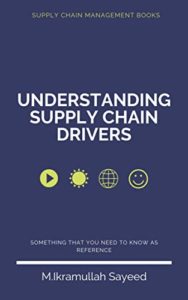
Follow Us On
Popular Posts
View AllHow supply chain planning works: A discussion in brief |
- ikram
- November 19, 2024
- 0
What is Cycle View of a Supply Chain? Is it Useful? |
- ikram
- December 12, 2024
- 6
How supply chain planning works: A discussion in brief |
- ikram
- November 19, 2024
- 0
What is Cycle View of a Supply Chain? Is it Useful? |
- ikram
- December 12, 2024
- 6
How supply chain planning works: A discussion in brief |
- ikram
- November 19, 2024
- 0
Recent
View AllUnveiling Amazon’s Digital Supply Chain Strategies: A Case Study
- ikram
- April 10, 2025
- 0
Abstract Amazon’s digital supply chain is a technological marvel, integrating software and hardware to…
How to Explain Cold Chain as a Supply Chain and Logistical issue? |
- ikram
- March 15, 2025
- 0
Existing amenities are not enough to store, and deliver a large volume of vaccines within…
How Does the International ship and Port Facility Security Code Enhance Supply Chain Security?
- ikram
- March 1, 2025
- 0
Each ship must develop a unique plan to protect against security threats. The plan must…
What is a Supply Chain Management Job and Career?
- ikram
- January 27, 2025
- 0
In a case study, based on US-based companies, first-level management is of about 0-4 years.…






